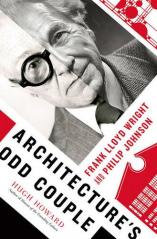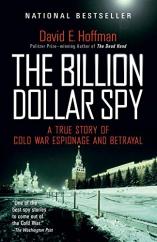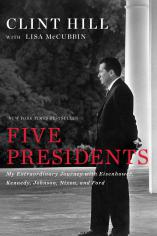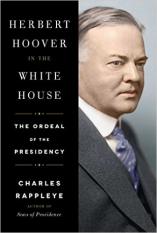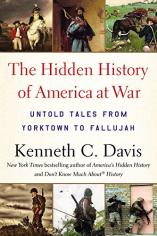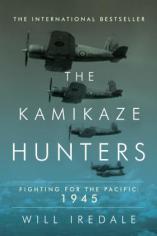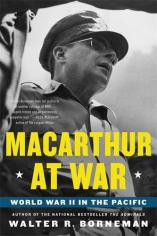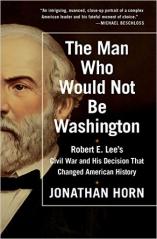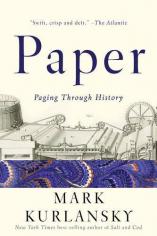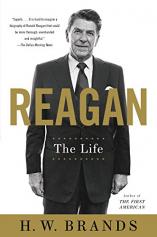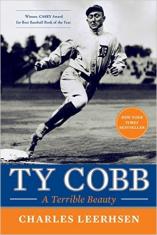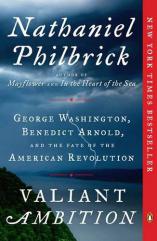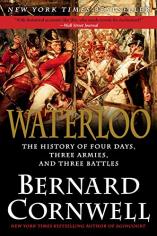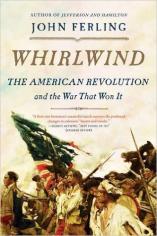May 2016
History Books Roundup: Reliving the Past
May 2016

May's roundup of History titles includes FIVE PRESIDENTS, in which Secret Service agent Clint Hill reflects on his 17 years protecting the most powerful office in the nation, walking alongside Presidents Eisenhower, Kennedy, Johnson, Nixon and Ford; VALIANT AMBITION by Nathaniel Philbrick, a surprising account of the middle years of the American Revolution, and the tragic relationship between George Washington and Benedict Arnold; THE ROMANOVS: 1613-1918, Simon Sebag Montefiore’s gripping chronicle that reveals the secret world of the Romanovs' unlimited power and ruthless empire-building; PAPER, Mark Kurlansky's definitive history of paper and the astonishing ways it has shaped today’s world; and DRIVE!, a revelatory new history of the birth of the automobile from Lawrence Goldstone, who tells the fascinating story of how the internal combustion engine, a “theory looking for an application,” evolved into an innovation that would change history.


